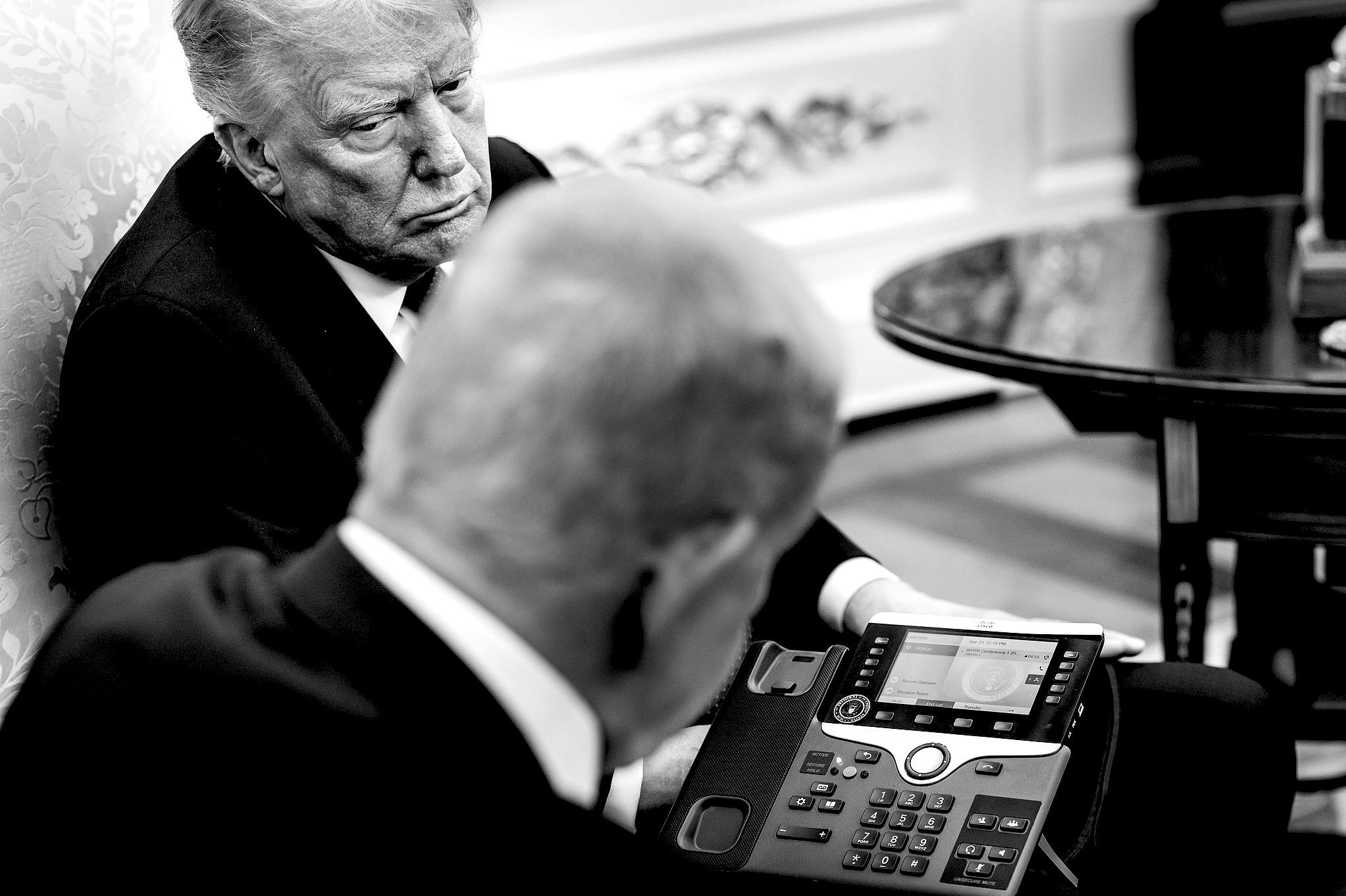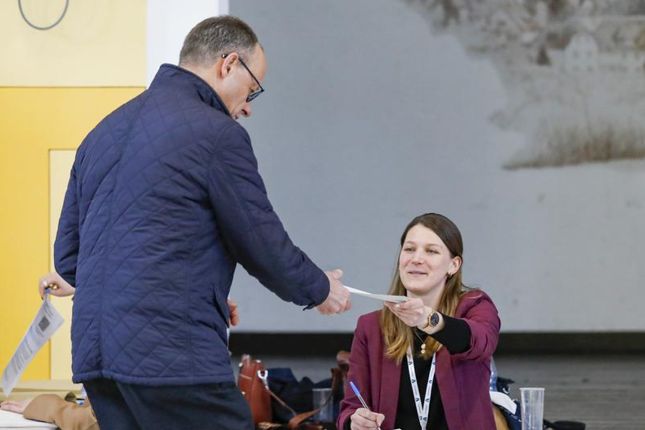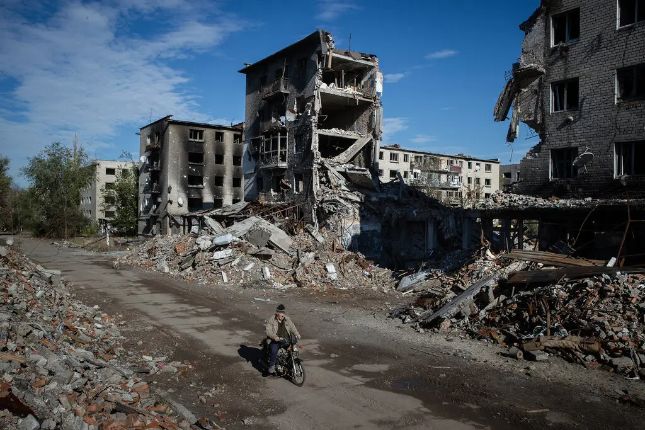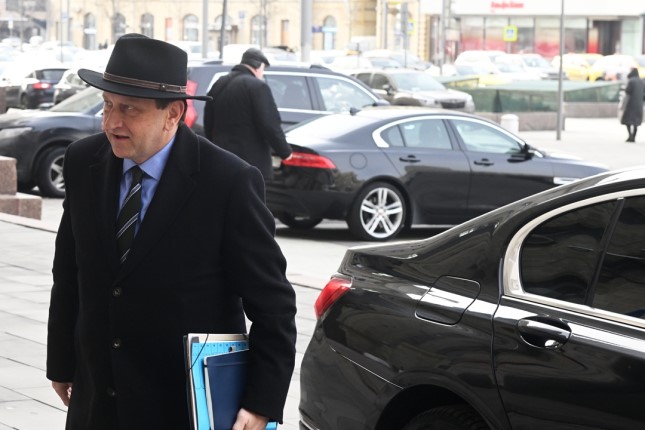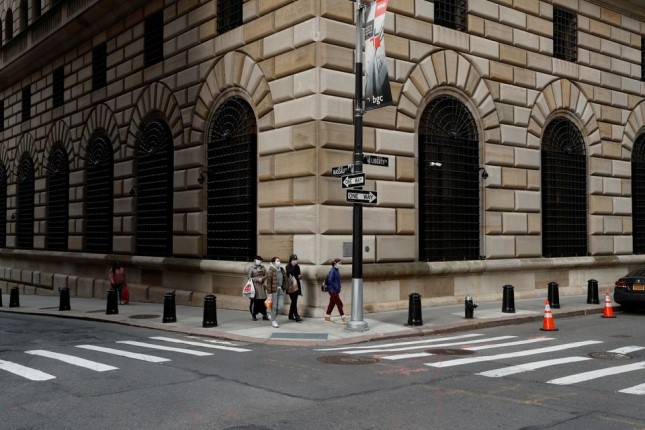The decision came at the end of a weekend of frantic discussions involving the Treasury Department, the Federal Deposit Insurance Corporation (FDIC) and the US Federal Reserve after the bank was taken over the FDIC on Friday following a $42 billion bank run the previous day.
The immediate issue confronting the regulators was what would happen to the money of those holding more than $250,000 in their deposits not covered by federal insurance schemes. In the end, they decided they took the decision to “protect the assets of tech firms, venture capitalists, and other rich people in California,” to cite the words of the Washington Post.
Fed officials would not provide a figure for the bailout operation but indicated that it would be sufficient to cover trillions of dollars of requests.
In her appearance on Face the Nation on Sunday morning, Treasury Secretary Janet Yellen foreshadowed the decision saying that there would not be a bailout of large banks, but “we are concerned about depositors, and we’re focused on trying to meet their needs.”
The decision, which was announced before the opening of Asian markets, was taken to avoid a “systemic” collapse of the financial system. Regulators also announced similar measures for deposits with the Signature Bank of New York, which they closed on Sunday, and in a further extension of bailout measures, said it was creating a new lending facility for the country’s banks.
It came in response to a campaign by politicians of both parties to protect the financial interests they represent.
Eric Swalwell, a Democratic congressman from California, tweeted that all deposits over the $250,000 limit had to be honored. “If depositors lose confidence on the safety of their deposits over $250K then we are in trouble.”
Republican senator Mitch Romney said depositors should “recover and have access to their deposits in order to meet their payrolls, pay their suppliers and to prevent contagion.”
Major financiers also heavily intervened.
Billionaire hedge fund investor Bill Ackman warned of a run on all but the biggest banks if a takeover of SVB were not organised and the government stopped short of guaranteeing all depositors.
“The unintended consequences of the [government’s] failure to guarantee SVB deposits are vast and profound and need to be considered and addressed before Monday. Otherwise, watch out below,” he tweeted.
The Wall Street Journal cited the comments of one investment manager who said the “big question” was how the FDIC and the Fed made uninsured depositors at SVB whole or close to whole. If this were not “handled well, there’s a systemic risk that uninsured depositors will flee small banks.”
And not just small ones; SVB had been at the centre of Silicon Valley financial operations for 40 years.
A joint statement by the Treasury Department and the FDIC said that the action had been taken to “strengthen public confidence in our banking system.”
In fact, rather than increasing confidence, it will reinforce the conclusion already being drawn by wide sections of the population that the banking system is a house of cards, operated by and for the ultra-wealthy whose interests the government will protect no matter what the cost.
The decision not only covers the banks directly involved. It implies that there is a blanket guarantee for all deposits in the US banking system.
Like all banking and financial failures, the demise of SVB had its own individual characteristics and it appears that those on the inside had some knowledge of what was coming.
It has been revealed that SVB chief executive officer Greg Becker sold $3.6 million worth of the bank’s shares less than two weeks before the disclosure of the losses that led to its collapse. The share sale on February 27 was the first time Becker had sold shares in the company for more than a year.
![]()
Treasury Secretary Janet Yellen listens as she testifies during a House Ways and Means committee hearing on President Biden’s fiscal year 2024 budget request on Friday on Capitol Hill in Washington. Photo: Mariam Zuhaib / Associated Press.
Individual circumstances aside, there is no getting away from the fact that the demise of SVB was the outcome of policies initiated by the Fed and the speculation they have produced which all but transformed the US financial system into a kind of giant Ponzi scheme, dependent on the continued inflow of money, liable to an implosion once that stopped.
The injection of $4 trillion into the financial system after the March 2020 crisis at the start of the pandemic produced a flood of money into the high-tech start-up sector in Silicon Valley for which SVB was one of the major banks.
With more money on its hands than it really knew what to do with, as customer deposits surged from $102 billion to $189 billion in 2021, SVB sought to park the money in US treasury bonds and mortgage-backed securities, supposedly the safest assets in the world.
But the financial landscape has changed dramatically in the last year as the Fed has started to aggressively hike interest rates in a bid to suppress the upsurge of the working class for wage rises in order to counter the highest inflation rate in four decades.
As a result of the rate hikes, the book value of the SVB’s asset holdings went down—bond prices and interest rates have an inverse relationship.
According to a post by economic historian Adam Tooze on his Chartbook site, “At a rough guess SVB suffered a loss of at least $1 billion every time interest rates went up by 25 basis points (a rise of 0.25 percentage points) and the Fed has hiked by 450. So if they had to sell their ‘safe’ portfolio of bonds they would actually suffer a huge loss.”
SVB had a very heavy dependence on investment in government debt but its activities were part of a much broader process.
According to Tooze, following the inflow of money by the Fed in response to the pandemic, there was a 44 percent increase by banks in their holdings of bonds, rising to $5.5 trillion, with the FDIC reporting that unrealised losses on securities reached $689.9 billion in the third quarter of last year, up from $469.7 billion in the second.
Viewing the events of the past 12 months, one can see the development of a gathering financial crisis on a scale larger than anything that has gone before. Interest rate rises on the scale and the pace of those being undertaken by the Fed take time to fully work their way through the financial system.
Their initial effects were seen in the outlying regions, the crypto market. It experienced significant problems last year, leading to the collapse of Sam Bankman-Fried’s company, FTX, and the bringing of criminal charges against him.
The key feature of the FTX operation was that while it was based on a fiction, the crypto model had many similarities to areas of the more regular financial system, above all the dependence on the continued inflow of cheap money in the high-tech sector.
The collapse of FTX led last week to the liquidation of Silvergate Bank, which had been heavily involved in Bankman-Fried’s operations. Silvergate’s fall in turn appears to have been at least one of the concerns about SVB, leading to the run which brought about its collapse.
The big question now is how far and how fast will this process continue to run?
In its semi-annual report to Congress earlier this month, the Fed reported that large banks “continue to have ample liquidity to meet severe deposit outflows.”
Even if the generous assumption is made that this is accurate, it only raises another question: Where the line is drawn, because just days after the report was issued, the 16th largest bank in the US failed. There are hundreds of US banks which do not fall into the category of “large” but which play a significant role in key areas of the economy as did SVB.
In his testimony to Congress, Fed chair Powell said “American banks are strongly capitalised,” a statement now exposed as a fiction with the second largest collapse in US history.
In her television comments yesterday, Yellen was desperate to maintain the illusion, saying the banking system was “really safe and well capitalised” as well as “resilient.”
Americans, she said, need to feel confident it could meet the needs of households and businesses and that “depositors don’t have to worry about losing access to their money.”
One gets the sense that the capitalist financial authorities are caught up in the world of their own illusions.
Having created the conditions which have led to the eruption of a new crisis, because of their response to earlier ones—the global financial crisis of 2008 and the market freeze of March 2020—they are now grappling with forces out of their control, and whatever may be the effect of their short-term actions, the longer-term consequences, as events have revealed, will only deepen the historic crisis of the system over which they preside.
Source: World Socialist Web Site.
